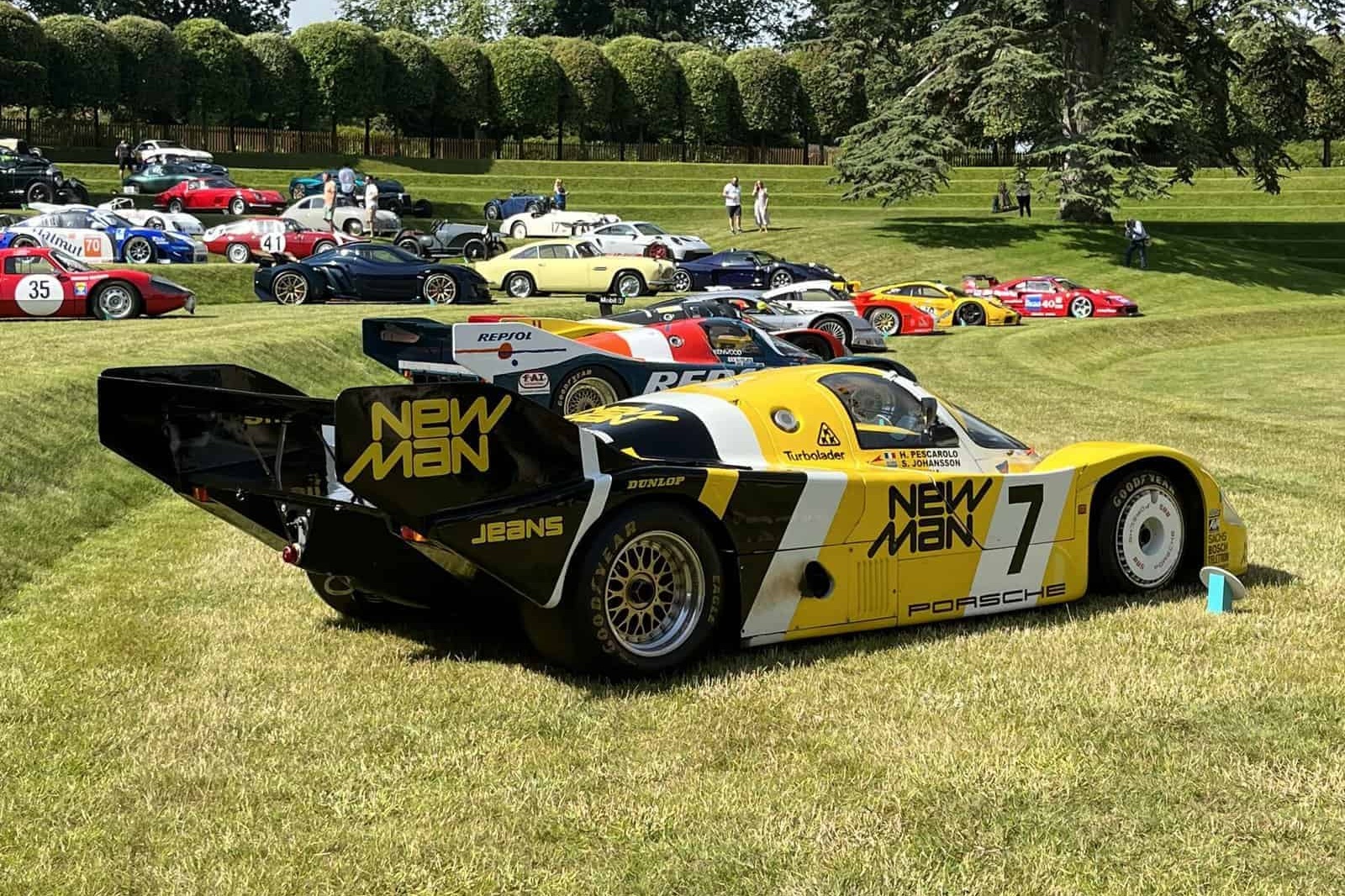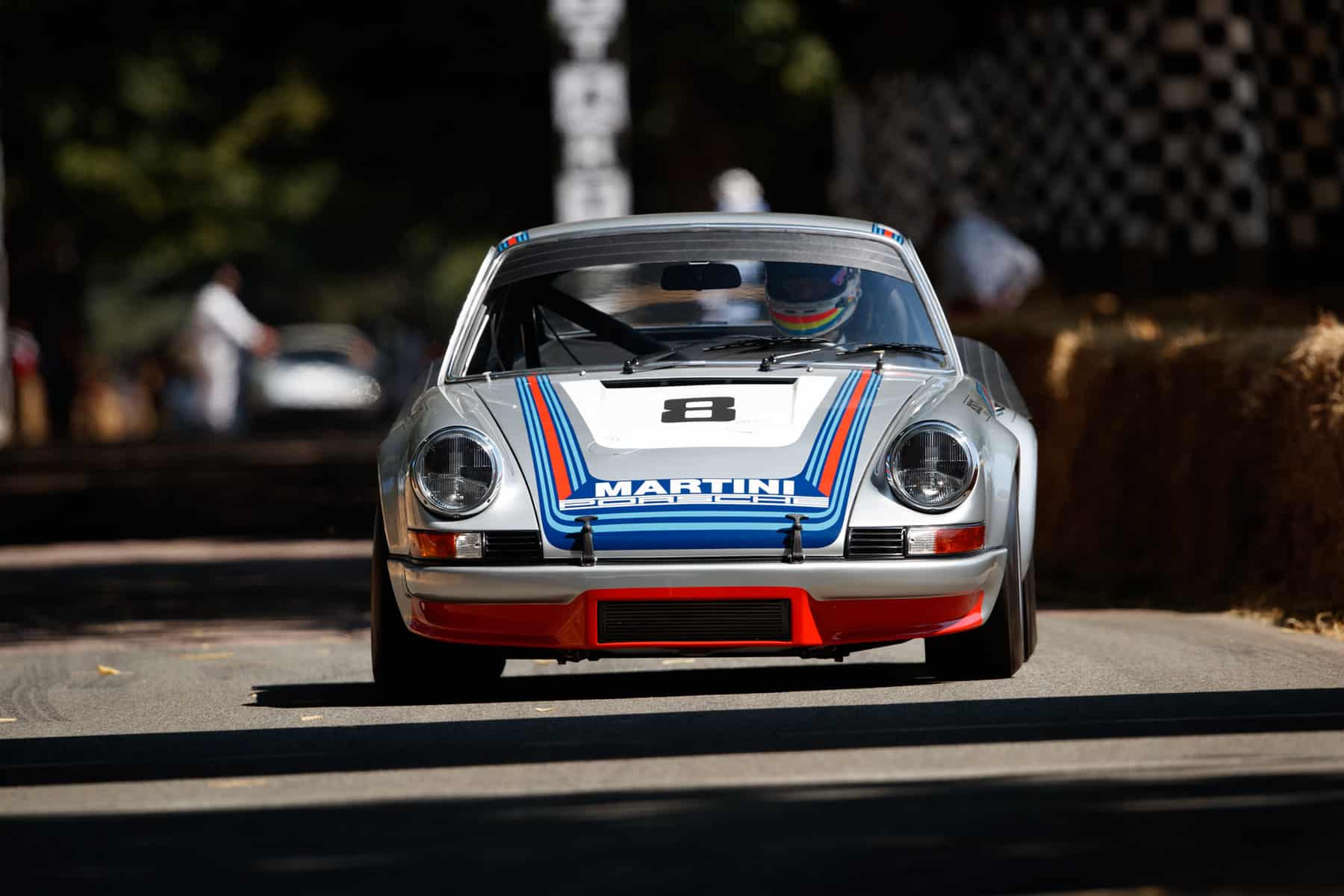Total Performance, Chevy Style, Part 2
The CERV II and the evolution of the Corvette
BY: KARL LUDVIGSEN
PHOTOS: LUDVIGSEN PARTNERS
Here’s the second part of Karl Ludvigsen’s story about Chevrolet’s radical four-wheel driver, known to the world as CERV II (you can read part 1 here). The design of this amazing automobile, conceived by Zora Arkus-Duntov in the autumn of 1963 to contend in the great international long-distance races, made major contributions to the evolution of the Corvette.
CERV II first rolled on its four driven wheels in March 1964. In its early tests at Jim Hall’s private and well-instrumented Rattlesnake Raceway at Midland, Texas, in comparison with the rear-wheel-drive GS-2 (forerunner of the Chaparral 2C) built by the Chevy R&D department, it didn’t show to its best advantage for several reasons.
The special two-speed box for the drive to the front wheels hadn’t been completed, so it could muster only a single ratio. As well its brake discs were then of an experimental — and unsatisfactory — forged aluminum protected by sprayed-on facings.
During the tests at Midland the CERV II was tried by Jim Hall and Roger Penske. Both found its traction and handling very impressive. Penske in particular liked its driving position and said he was unable to detect any sensation that the engine was powering the front wheels as well as the back ones. At the limit in a turn the CERV II did require an unorthodox technique because releasing the throttle tended to cause a fast flat spin. Up to that point, however, its tires and drive system made this the only road-racing car of its era that could make full use of a very large engine and horsepower well in excess of the 500 level.
In the on-again, off-again cycle of attitudes toward racing that prevailed during the Bunkie Knudsen regime at Chevrolet, the stop light facing CERV II turned from green to red late in the summer of 1964. Chevy decided that it didn’t want to pose an open challenge to Ford at Le Mans. (Later it did offer opposition, indirectly, with the 2D Chaparral in 1966 and the 2F in 1967.) Another Duntov program came to a “screeching halt.”
Several years later, for tire tests conducted by Corvette development driver-engineer Bob Clift, CERV II was fitted with an all-aluminum ZL-1 engine of stock 427-cubic-inch displacement. It carried a single four-barrel carburetor and individual exhaust stacks, both fitted for maximum operating ease rather than ultimate performance. External piping from the rocker covers drained oil to its wide wet sump with a swinging oil pickup. Wider rims allowed 10.50 x 15 tires to be fitted.
Thus powered, CERV II went back to Rattlesnake Raceway to take part in tests when Chevy’s R&D Department was assessing new design approaches for the Can-Am series, then in full flow. Weighing as it did some several hundred pounds more than R&D’s version of a Chaparral, it was significantly outperformed by the latter. Zora Duntov, who hadn’t been able to attend the tests, never got over the feeling that his brainchild had deliberately been disadvantaged in some manner.
Although the prototype’s ability to make full use of a big engine, thanks to four-wheel-drive, was well in advance of its time when it was conceived, it had been impossible to foresee that the Goodyear/Firestone tire wars would soon produce rear tires so wide that all-wheel drive wouldn’t give an advantage for road racing. The CERV II’s design didn’t allow it to run the latest wide rims at the rear, so it was denied this chance to exploit its attributes.
Nevertheless the CERV II’s torque-converter propulsion was shrewdly thought out, striking in its logic and effectiveness. Considering its primary mission, long-distance racing, in which weather conditions often influence the outcome, such a system might have been useful. It would have allowed the use of narrower tires that were less likely to suffer from aquaplaning on a wet track.
In the form you see, with its striking blue and white livery, CERV II was first revealed to the world by this author in the November 1970 issue of Motor Trend. Though it never took part in a race, CERV II was spurred into being by the pressure of competition. Thus it made another contribution to the evolution of the Corvette. Zora Duntov would take full advantage of what he’d learned with CERV II in his future Corvette designs.


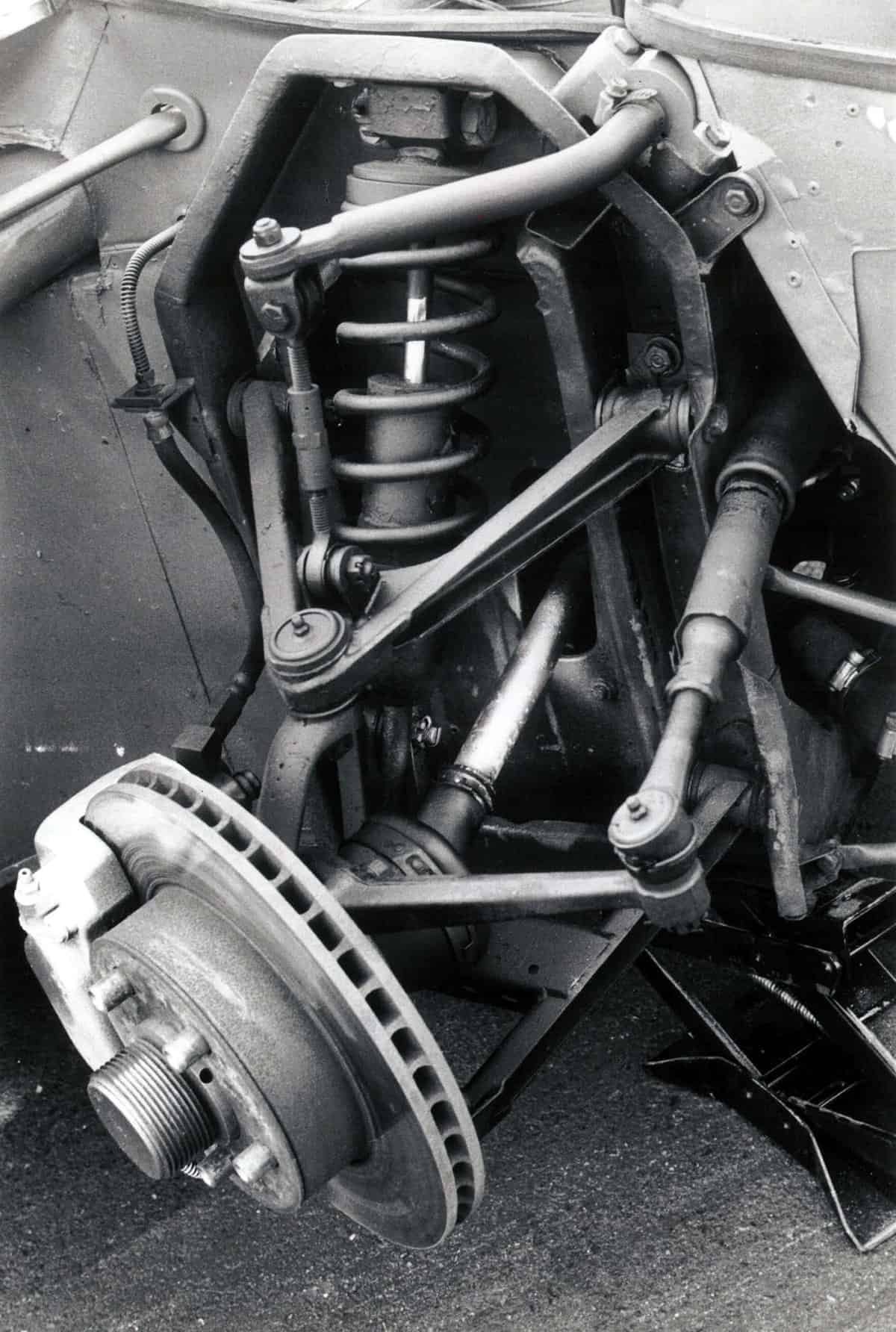
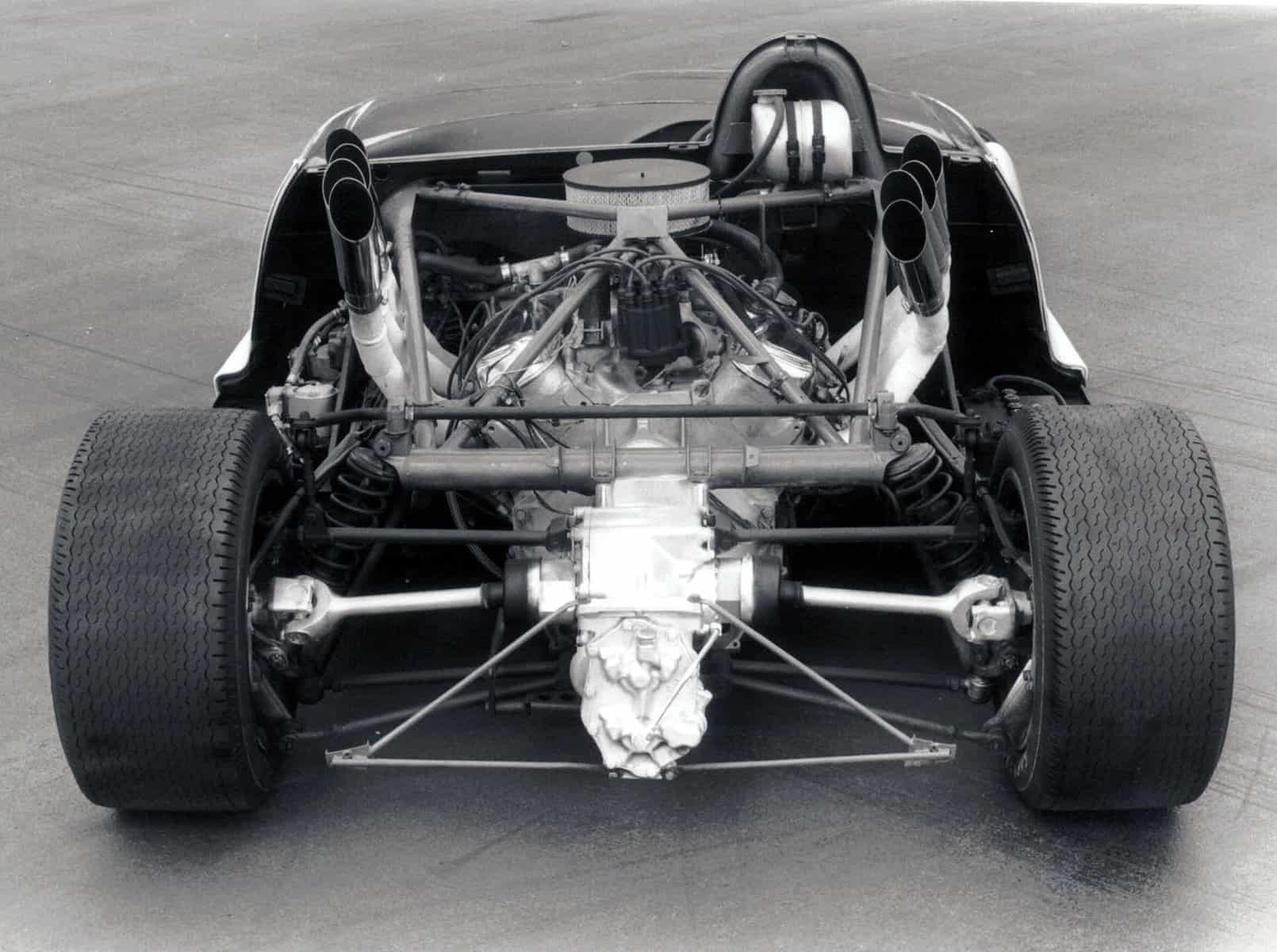
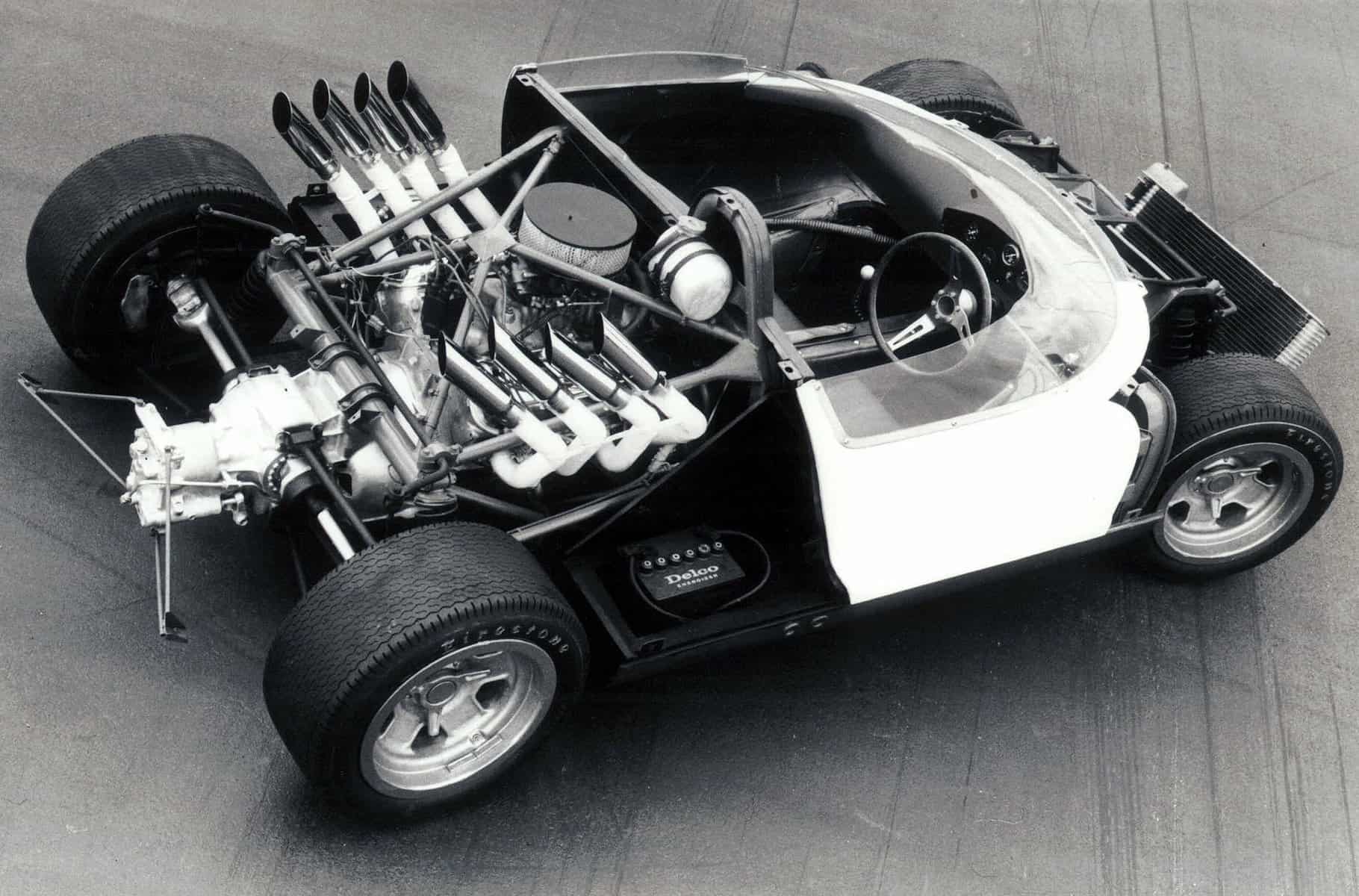



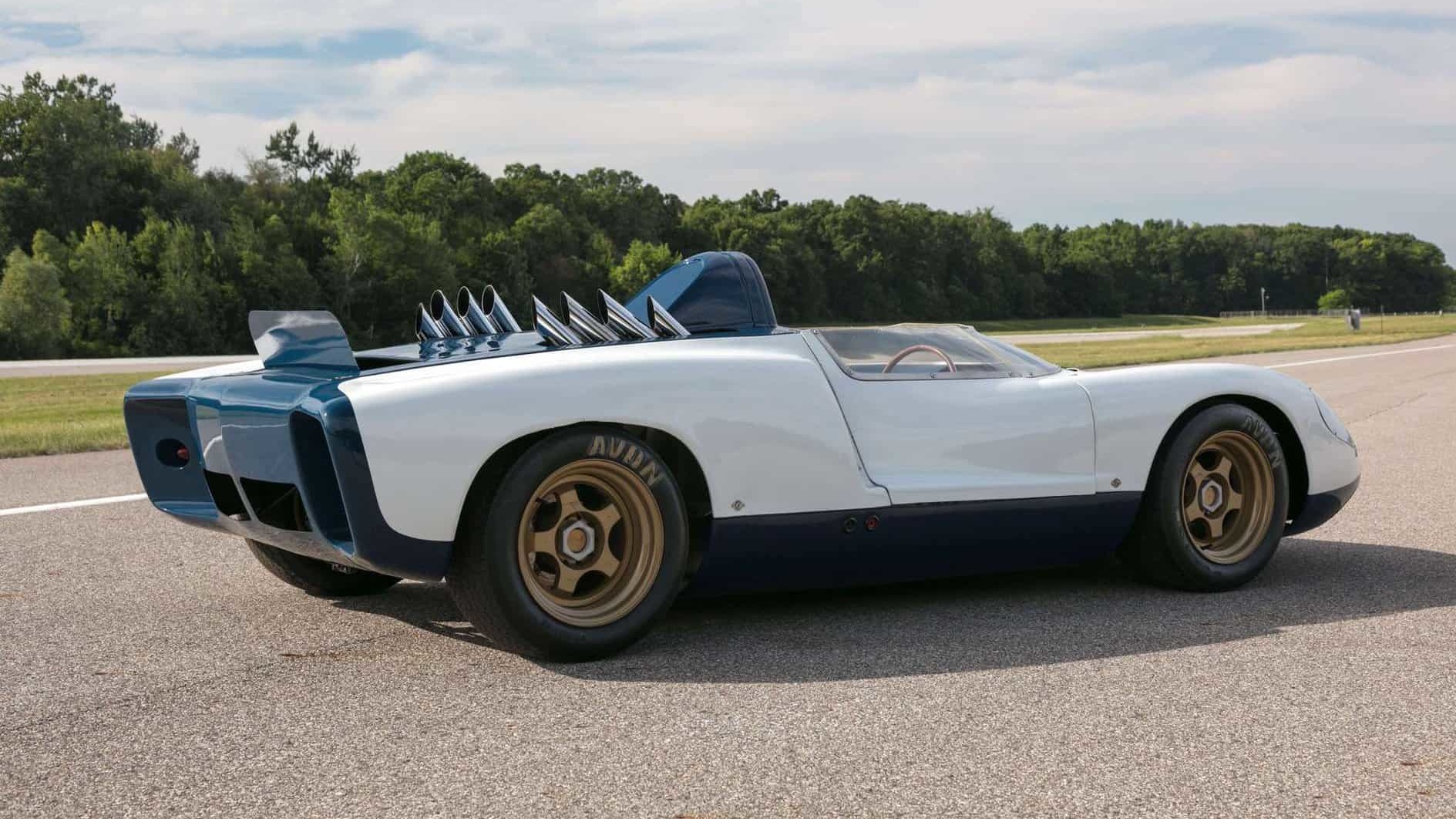


![alfa gtz perfectly imperfect webannerl[1]](https://automedia.revsinstitute.org/wp-content/uploads/2024/08/Alfa-GTZ-Perfectly-Imperfect-webannerl1-uai-1200x800.jpg)
